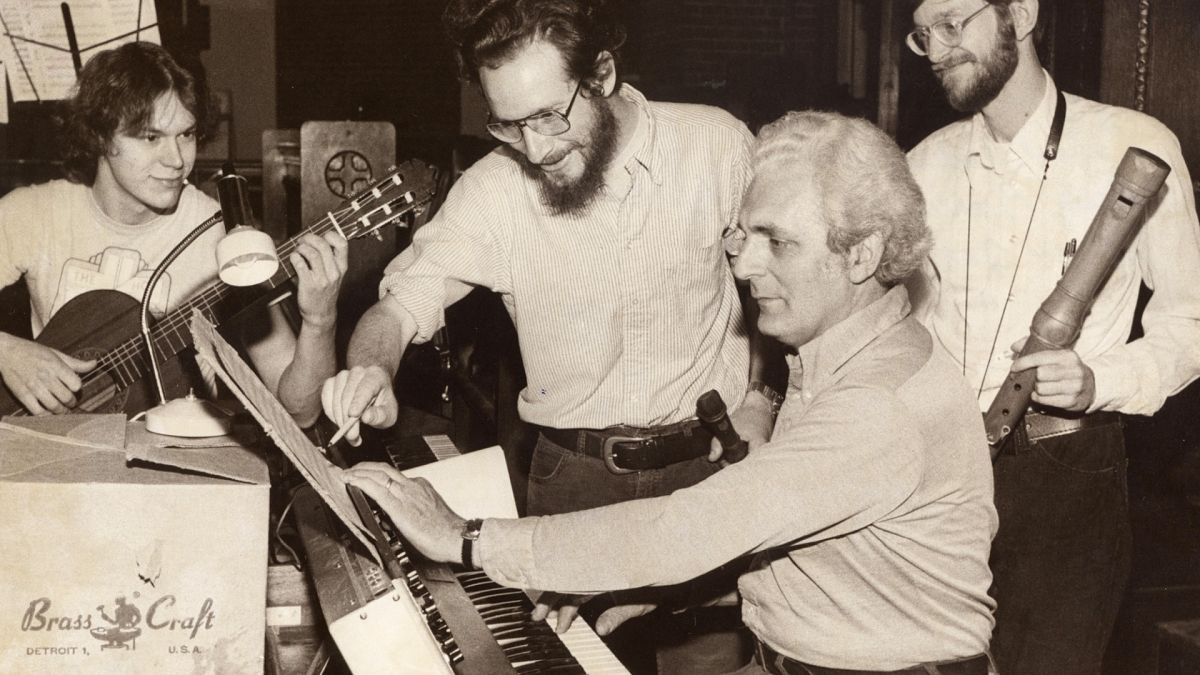Electronic music’s most influential instrument turns 60

In 1964, Robert Moog released the first Moog Synthesizer, changing the face of all music forever.
What? The Moog Synthesizer. It was one of the first modular voltage-controlled oscillators and amplifiers, created by Robert Moog.
In layman’s terms? Robert Moog’s synths were the first to entirely allow people to create and manipulate electronic music. His first prototype had two voltage-controlled oscillators and a voltage-controlled amplifier. The first oscillator allowed users to change a created sound’s pitch through the voltage which could then be modulated with the second oscillator to produce effects like tremolo.
Why is it in the news and why is it significant? It’s the 60th anniversary of the first Moog Synthesizer. Electronic sound synths already existed at the time but they were the size of entire rooms. Moog, a fan of the theremin – the touchless electronic instrument created in the 1920s – experimented with adding amplifiers to the synth’s oscillators to make a more portable version of the machine.
Who could buy the first Moog? As well as being the first portable modular synth, it was also the first affordable one. Well, sort of. The original Moog Synthesizer was $10,000 in 1964. Adjusted for inflation is around $100,000 (€90,000). So it wasn’t exactly cheap but it was significantly less than the millions you’d have paid in today’s money for its competition.
Who did buy it then? The first customer was British-American composer Eric Siday, who had commissioned Moog to make it for him and asked for a keyboard to be added to the machine. Other composers interested in experimenting with electronic music then continued to commission Moog and asked for added filter features, creating new sounds such as the “wah-wah” effect.
Did it make good music? As more classical composers flocked to Moog’s intriguing synths, it didn’t take long for the first impressive piece of music. One of the first pioneers with the Moog Synthesizer was Paul Beaver, who worked with Mort Garson to create the album ‘The Zodiac: Cosmic Sounds’, which is noted as an inspiration point for multiple future experimental musicians. Then, in 1968 the album ‘Switched-On Bach’ saw Wendy Carlos reinterpret Bach’s compositions to commercial and critical acclaim. It won three Grammy Awards and was the first classical album certified platinum.
Any pop music? Probably the first famous use of the Moog Synthesizer came from rock band The Doors – especially ‘Strange Days’, the titular-song from The Doors’ second album in 1967. Beaver brought his synth talents and modulated notes made by lead singer Jim Morrison to create the eerie soundscape of the track. Not long after, the Moog was all the rage with the Beatles using it on ‘Abbey Road’. Other early adopters included The Monkees, The Grateful Dead, and The Rolling Stones, as well as jazz musicians like Herbie Hancock and Sun Ra.
Is Moog still the only kind of synth? Nowadays, electronic music is ubiquitous and synths are produced by an almost endless number of companies, as well as being emulated through digital music production software. But that didn’t mean Moog rested on his laurels.
What did Moog do next? In 1970, Moog released a new synth, the Minimoog. This even more portable version of the original synth was a hit. Although Moog only anticipated to sell around 100 to niche session musicians, it sold in the thousands for over a decade and paved the way for other products such as the Vocoder, the Micromoog, Multimoog, and the Polymoog. These made Moog a household name in the music world and it featured heavily on progressive rock albums by Yes; Tangerine Dream; and Emmerson, Lake & Palmer. Probably its biggest commercial hit in the 70s was Donna Summer’s ‘I Feel Love’, almost entirely produced on the Moog.
What happened to Moog? As more competition for Moog’s synths appeared in the early 80s, his company ran into difficulties. Digital synths from companies like Yamaha were too much for Moog and the company declared bankruptcy in 1987. But by 2002, people looked back at Moog’s synths with appropriate nostalgia and Moog brought back a new range of synths. Moog died in 2005, aged 71, but the company continues to produce synths, including the new Spectravox, Labyrinth and Muse models released this year.
World News || Latest News || U.S. News
Source link



